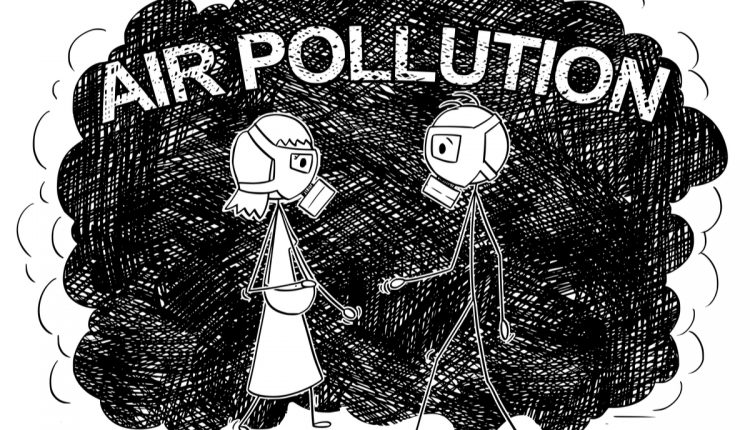
Importance Of Good Air Quality For Overall Health
The average individual often ignores how important good air quality is until one develops serious allergies or lung ailments.
Bad air can trigger many health issues including chronic cough, chest tightness, sore throat, watery or itchy eyes, shortness of breath, and even asthma in severe cases. According to experts If you live in an environment with poor air quality home, you may experience frequent headaches, long lasting colds, and bronchitis as well as chronic asthma.
What is Good Air Quality?
Good indoor air quality (IAQ) is determined mainly by the amount of pollutants present in the air around you. Unlike businesses, residences are not under state or federal compliance regulations to have indoor air regularly monitored or tested.
In the U.S., the Environmental Protection Agency (EPA) provides specifications on types of pollutants that are harmful to human health and also guidelines for monitoring and testing indoor air quality in homes and businesses.
Pollutants Found in Indoor Air
In order to accurately reduce the potential for illnesses such as allergies, lung ailments, brain damage, high blood pressure and heart failure, the World Health Organization lists guidelines that individuals can use to identify types of pollution and rates of emissions most likely found in average households. These include:
. Mold
. Heating and cooking fuels like coal, kerosene, wood and dung
. Mildew
. Cleaning products, and other chemicals used in the home
. Radon
. VOCs (Volatile Organic Compounds)
. Poor ventilation
Businesses and industries in most countries are monitored for emissions from Sulphur dioxide, Nitrogen Dioxide, Ozone and Carbon Monoxide that enter the general atmosphere in ambient air.
Chemicals used in industrial processing that emit hazardous materials must be reported to the proper state and federal agencies.
Residential Pollution
More specifically, there are other types of household pollution sources. These include:
. Weather stripping
. Caulk
. Insecticides
. Pet hair
. Air fresheners
. Smoke from cigarettes and indoor grilling
. Asbestos fibers
. Oven fumes and odors
. Oven cleaner fumes
. Household cleaners containing ammonia
. Sodium hypochlorite in chlorine bleach
It is important to choose home cleaning products and read labels carefully to learn the contents and health effects.
Tests link home cleaning products that give off strong odors as the cause of eye, ear, nose, throat and lung irritations and are linked with skin diseases, coughing, and in its most serious stages, pose an increased risk of cancer.
The Power of Good Air Quality
It is typical that when the worst case examples of poor air quality show, that individuals take action and inventory of their own homes and businesses.
Smog is one of the most visible indicators of poor outdoor air quality, while a growth in poor health in individuals who spend 90 percent of their time indoors is the indicator of poor air quality in the home.
Through inventorying potential problem areas in a home, occupants can conduct full home inspections and develop a plan of remediation to increase indoor air quality.
Follow this with preventative measures such as smoke, carbon monoxide and radon detectors.
It’s a good idea to have an annual air quality professional inspect the premises to determine actual air quality level, as well as potential loss of air quality.
The power of good air quality lies with the increase in good health and confidence in the environment.

